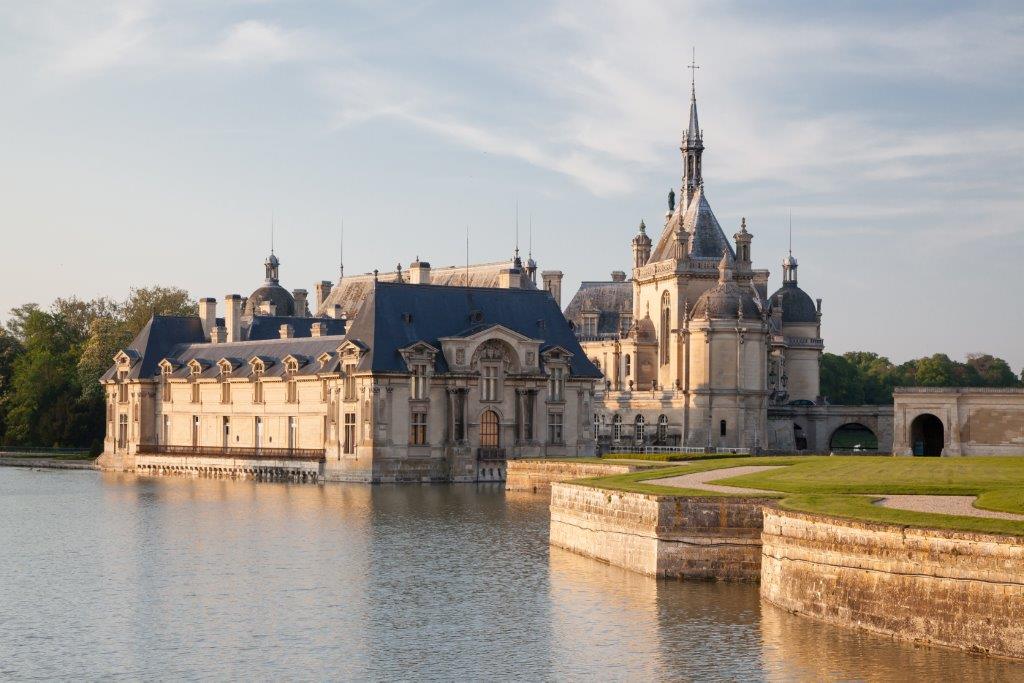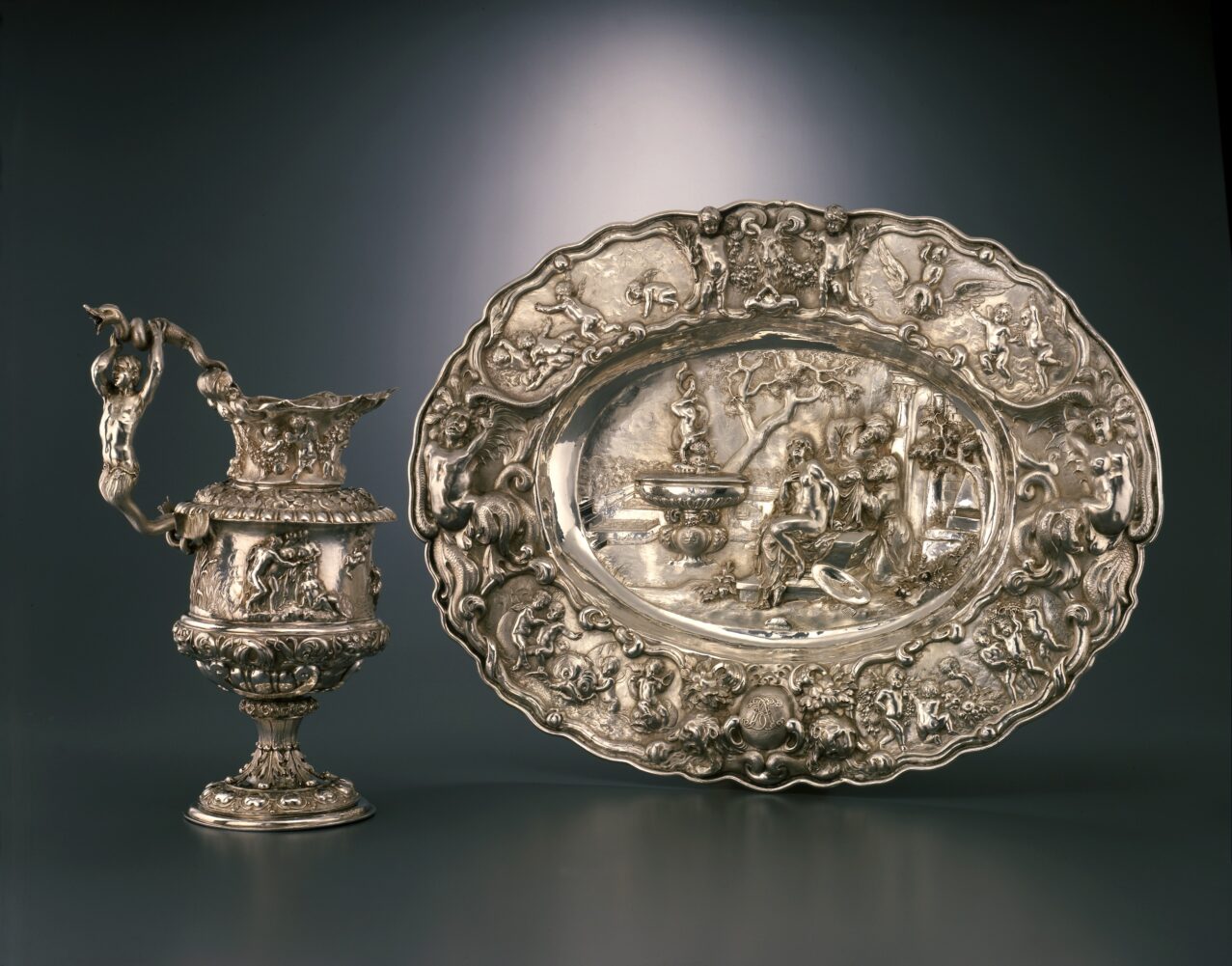Discover the silver ewer and basin of baroque painter Rubens
Belgium is in the spotlight at the Château de Chantilly this autumn. Running concurrently with the Louise of Orléans, First Queen of the Belgians: A Romantic Destiny exhibition, this display of sumptuous ornamental silverware once belonging to Baroque master Pieter Paul Rubens (Siegen, 1577-Antwerp, 1640), generously loaned by the King Baudouin Foundation, will be presented at the Château de Chantilly from 19th October to 16th February 2025.
Saved for the nation
Part of Belgium’s national heritage, the silverware had remained in the Rubens family since the 17th century and caused a sensation when it was sold at auction to a private collector in December 1999. But the sale took a surprising turn when Sir Pierre Bauchau and his wife Colette Bauchau donated the piece to the King Baudouin Foundation just days after buying it. In return for this generous gift, the Foundation pledged to never sell the work, to ensure its ongoing preservation, and to exhibit it regularly both in Belgium and internationally. In keeping with its promise, these two unique pieces have temporarily made the trip from their home at the Rubens House in Antwerp, currently under renovation, to the Château de Chantilly where, this autumn, the château is celebrating the special bond between France and Belgium by honouring Louise of Orléans, the first Queen of the Belgians.
Two masterpieces of antwerp silverwork
This remarkable set, consisting of a silver ewer and basin, features intricate hand-incised decorations by the Antwerp silversmith Théodore I Rogiers, dating from around 1635-1636. The intricate silverwork and expert craftsmanship suggest that these two pieces were not designed for everyday use but as decorative showpieces.
Mythological subjects
The ewer and basin are adorned with subjects and decorations taken from classical antiquity, the Renaissance, and the 17th century. The ewer’s handle is adorned with a triton holding a sea serpent with both hands, and its paunch is decorated with a frieze illustrating the Triumph of Venus in three successive panels. One panel depicts the Birth of Venus, while the second shows two tritons, and the third illustrates the Crowning of Venus attended by the Three Graces.
Unlike the ewer, the large basin has a religious rather than a secular theme. The central section reproduces a scene from the Old Testament depicting Susanna and the Elders.
Rubenseque inspiration
The style and iconography of the large basin and ewer bear comparison with Rubens’ own compositions, suggesting he may have influenced the design. Rubens was drawn to the stories of Susanna and the Elders and the Triumph of Venus and frequently depicted them in his work. We also know that Rubens produced designs for metalsmiths, including a basin made for Charles I of England by Théodore I Rogiers, of which only a grayscale sketch remains. The fountain in the composition of Susanna and the Elders is another feature associated with Rubens, a major collector of antiquities, who frequently incorporated the sculpture of a putto riding a dolphin into his paintings. He also had a fountain made for his Antwerp garden modelled after this design.
These two masterpieces from the collection of one of history’s most celebrated painters will be on view in the cabinet of gems, the Condé Museum’s collection of gold and silverwork, starting 19th October.



Thanks to























